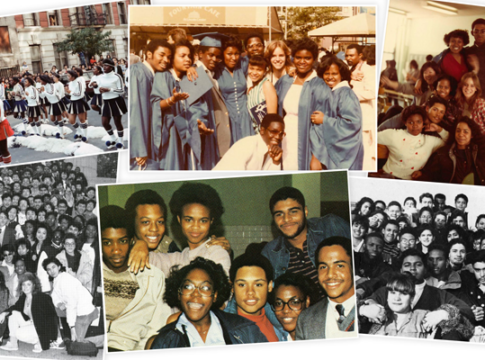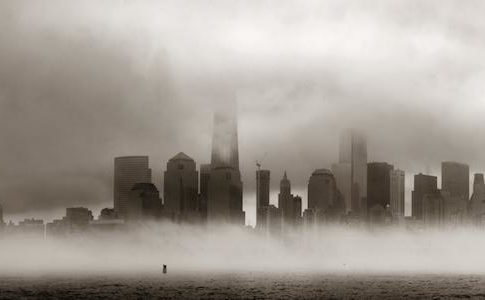 In New York City, the only way to win a spot in one of the city’s top public high schools has been to get a high score on the admission test. Late last week, Mayor Bill de Blasio announced that the city’s eight most selective schools will now set aside 20% of seats for low-income students who just miss the test-score cutoff. The mayor hopes to eliminate the admissions test altogether, but doing this will require the approval of the state legislature. These moves are both aimed at increasing the diversity of the student body at these elite public schools.
In New York City, the only way to win a spot in one of the city’s top public high schools has been to get a high score on the admission test. Late last week, Mayor Bill de Blasio announced that the city’s eight most selective schools will now set aside 20% of seats for low-income students who just miss the test-score cutoff. The mayor hopes to eliminate the admissions test altogether, but doing this will require the approval of the state legislature. These moves are both aimed at increasing the diversity of the student body at these elite public schools.
As Leslie Brody notes in the Wall Street Journal:
The eight specialized high schools enroll 15,540 students; Half are low-income, while 62% are Asian, 24% are white, 6% are Latino, and 4% are black, according to city data. In the public system overall, by contrast, 68% of high school students are Latino or Black.
Chalkbeat reviews some of the reactions to the announcement here and analyzes the politics here.
Chester E. Finn, Jr. and Jessica Hackett took a long look at selective public schools like these in “Exam Schools from the Inside” in the Fall 2012 issue of EdNext.
Sometimes called “exam schools,” these academically selective institutions have long been a part of the American secondary-education landscape. The schools are diverse in origin and purpose. No single catalyst describes why or how they began as or morphed into academically selective institutions. Some arose from a desire (among parents, superintendents, school boards, governors, legislators) to provide a self-contained, high-powered college-prep education for able youngsters in a community, region, or state. Others started through philanthropic ventures or as university initiatives. A number of them were products of the country’s efforts to desegregate—and integrate—its public-education system, prompted by court orders, civil rights enforcers and activists, or federal “magnet school” dollars.
Exam schools are sometimes controversial because “selectivity” is hard to reconcile with the mission of “public” education. Even school-choice advocates typically assert that, while families should be free to choose their children’s schools, schools have no business selecting their pupils. Other people are troubled by reports of insufficient “diversity” among the youngsters admitted to such schools.
With such criticisms in mind, we set out to explore this unique and little-understood sector of the education landscape. Wanting first to determine how many there are and where they are located, we also wondered whether the “exam school” could be a worthy response to the dilemma of how best to develop the talents of our nation’s high-performing and high-potential youth in a climate consumed with gap closing and leaving no child behind. Could the selective public high school play a larger role in educating our country’s high-achieving pupils?
— Education Next





